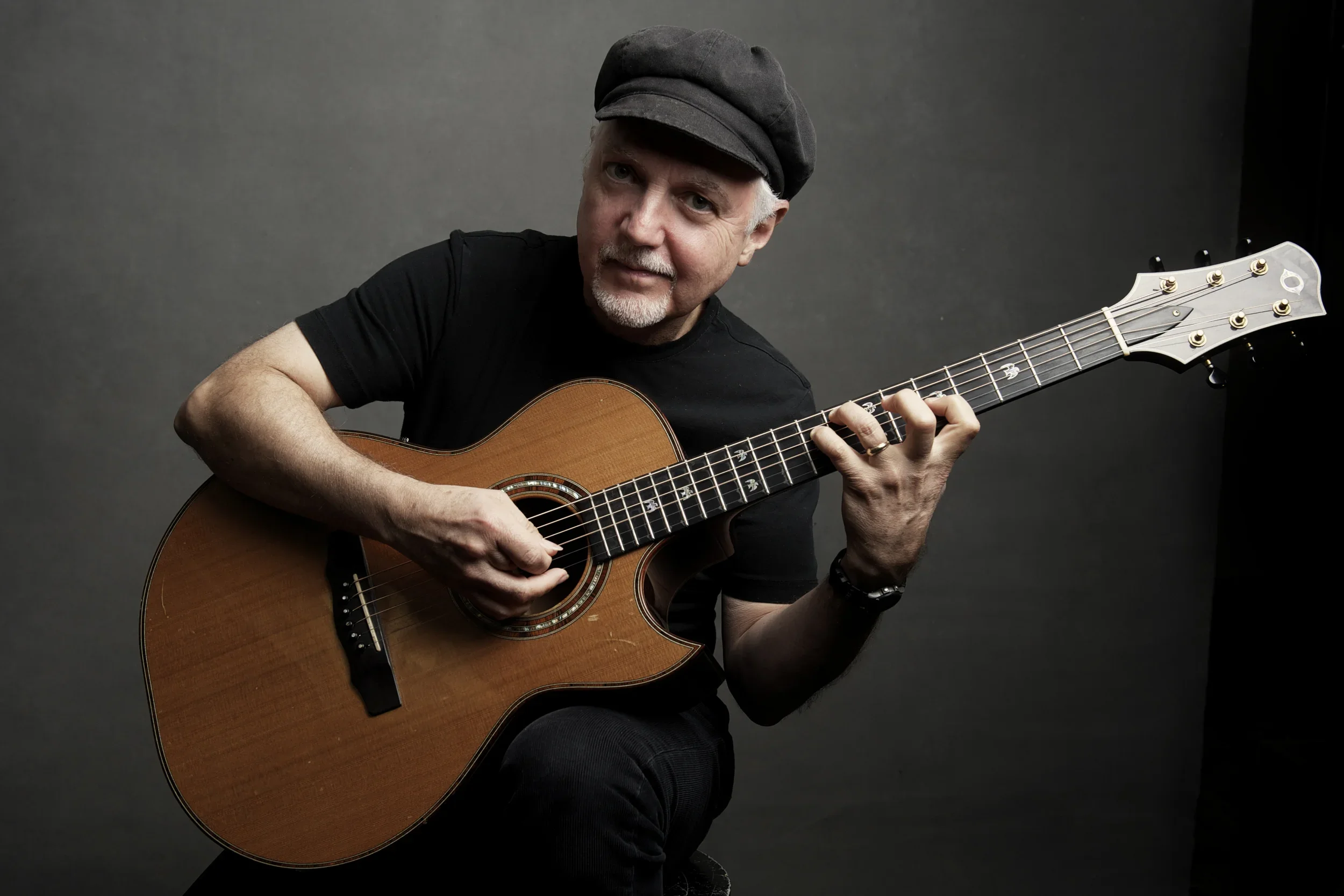(ANALYSIS) Late in the movie “Shadowlands,” the C.S. Lewis character describes the role that books can play in real life. The famous Oxford don and author, played by Anthony Hopkins, notes, “We read books to know that we are not alone.” But Lewis never wrote those memorable words.
Read More(ANALYSIS) Trying to combine Christian faith with serious rock music created a dilemma when Keaggy entered what record-industry pros have long called CCM — Contemporary Christian Music. Most of his over 55 albums were first sold in Christian bookstores instead of mainstream music chains.
Read MoreObviously, Trump knows he has enemies who want to help him spend eternity in real estate infinitely hotter than South Florida. The president believes God saved his life for a purpose. That's interesting, considering his history of remarks doubting whether he is worthy of heaven.
Read More(ANALYSIS) Many congregations have developed safer celebrations — often called “Holy-ween, “fall festivals” or similar terms — which almost always offer “trunk 'r treat” options, with families parked in church lots and children going car to car collecting candy.
Read More(ANALYSIS) The question is whether Vatican leaders can build unity between bishops who back Pride Masses and those who approve Latin Masses.
Read More(ANALYSIS) This “religiosity gap” remains relevant. A new Pew Research Center analysis noted that, in the 2022 midterms, “The gap in voting preferences by religious attendance was as wide as it's been in any of the last several elections.”
Read More(ANALYSIS) The Sparkle Creed was circulated in 2021 by the Rev. Rachel Small Stokes of Immanuel United Church of Christ in Louisville, Kentucky. A Shower of Stoles website biography notes that she was raised United Methodist, served as a missionary in that denomination and trained for the ministry.
Read More(OPINION) The bishops of Aleppo, Syria — Metropolitan Paul Yazigi and Metropolitan Yohanna Ibrahim of the Syriac Orthodox Church — disappeared 10 years ago while seeking the release of two kidnapped priests. Their car was surrounded by a pack of armed men as they maneuvered through risky checkpoints west of Aleppo. Their driver died in the gunfire, but a survivor later testified that the kidnappers were not speaking Arabic and appeared to be from Chechnya.
Read More(OPINION) It's hard to consider the Big Apple a truly "secular city" when considering the rising number of New Yorkers who are Muslim, Orthodox Jewish, Hindu and evangelical and Pentecostal in Latino, Black, Asian, White and interracial flocks.
Read More(OPINION) Members of religious minorities — especially Ahmadi Muslims, Sufis, Baha’is and converts to Christianity — may be accused of fomenting “sectarian strife,” spreading “misinformation,” “insulting a heavenly religion” or threatening “national security.” In regions controlled by Sunni Islam, rival Shia Muslims may face similar accusations, with that equation being reversed in lands controlled by Shia clerics, such as Iran.
Read More
(OPINION) Only 1% of New York City was “evangelical” when Keller arrived in 1989, and homicides hit 2,245 during his first full year of ministry in the tense city. Yet there was a “cracking in the ice” as immigrants from a variety of faiths poured into the city’s boroughs. Soon, many new churches were born.
Read More(OPINION) During the recent Global Anglican Future Conference held in Kigali, Rwanda, Raffel was one of several bishops — 315 attended, from 52 nations — who stressed that traditionalists now need to look forward. It's time to focus on life in their rapidly growing churches while dedicating less time and energy to clashes with declining churches in England, America, Canada and elsewhere.
Read More(OPINION) The archbishop of Canterbury is attempting a classic Anglican maneuver in which the words of core doctrines remain unchanged, but bishops have the option to offer local pastoral policies that change what doctrines mean in real life, according to Gavin Ashenden, a former Anglican chaplain to the late Queen Elizabeth II.
Read More(OPINION) The future journalist was both shocked and inspired by her contact with Christians caught in that land's toxic climate of paramilitary warfare, drug trafficking and kidnappings. She struggled to grasp how someone like pilot Russell Martin Stendal, after years held for ransom, could forgive his kidnappers and then start a missionary effort to convert them.
Read More(OPINION) Surveys since 2020 show that a "steady share of Americans — about 40% — say they have participated in religious services in the prior month one way or the other," according to a Pew Research Center report. But other details are blurry, since the "share of U.S. adults who ... attend religious services once a month or more has dropped slightly, from 33% in 2019 to 30% in 2022."
Read MoreGlobal South Anglicans are experiencing a "volcano of growth" and remain "at loggerheads" with the shrinking churches of the United Kingdom, North America and other Western nations. While most Global South bishops serve growing flocks — roughly 75% of active worshippers in the 77-million-member Anglican Communion — many Western bishops lead what Goodhew called "micro-dioceses" with under 1,000 active members or "mini-dioceses" with fewer than 5,000.
Read More(OPINION) In Southern Baptist polity — with sprawling structures of autonomous congregations that, to varying degrees, fund state, national and global ministries — there are no leadership structures resembling local Presbyterian presbyteries, regional annual conferences among United Methodists or the powerful diocesan structures of Catholics, Episcopalians and others. Local churches ordain, hire and fire clergy.
Read More

















